Disclosure: This article contains affiliate links. We may earn a commission from purchases at no extra cost to you, which helps our travel content.
The humid air of Bata enveloped me like a warm embrace as I stepped off the plane, my research notes on West African colonial architecture tucked securely in my waterproof messenger bag. Equatorial Guinea has long remained one of Africa's least visited countries, a reality shaped by its complex political history and limited tourism infrastructure. Yet for the cultural scholar-traveler willing to navigate these complexities, Bata—the country's largest city and economic heart—offers an unparalleled window into a fascinating confluence of Spanish colonial influence, indigenous Fang culture, and rapidly evolving modern African urbanism.
Navigating Bata's Dual Identity
Bata presents itself as a city of contrasts—wide, palm-lined boulevards reminiscent of Spanish urban planning intersect with vibrant local markets and communities. The city's architectural landscape tells a story of colonial imposition and indigenous resilience that my academic background couldn't fully prepare me for.
During my first days, I established a base at Hotel Federación, a mid-range accommodation offering reliable Wi-Fi and air conditioning—essentials when temperatures regularly exceed 30°C with humidity levels to match. From here, I would begin each morning with a run along the Paseo Marítimo (seafront promenade), an activity that quickly connected me with local running enthusiasts who became invaluable cultural guides.
Bata's pace demands adaptation. I found my moisture-wicking running gear essential for morning explorations, while my portable water purifier proved indispensable throughout the trip, allowing me to stay hydrated without contributing to the plastic waste problem evident along some of Bata's otherwise beautiful beaches.
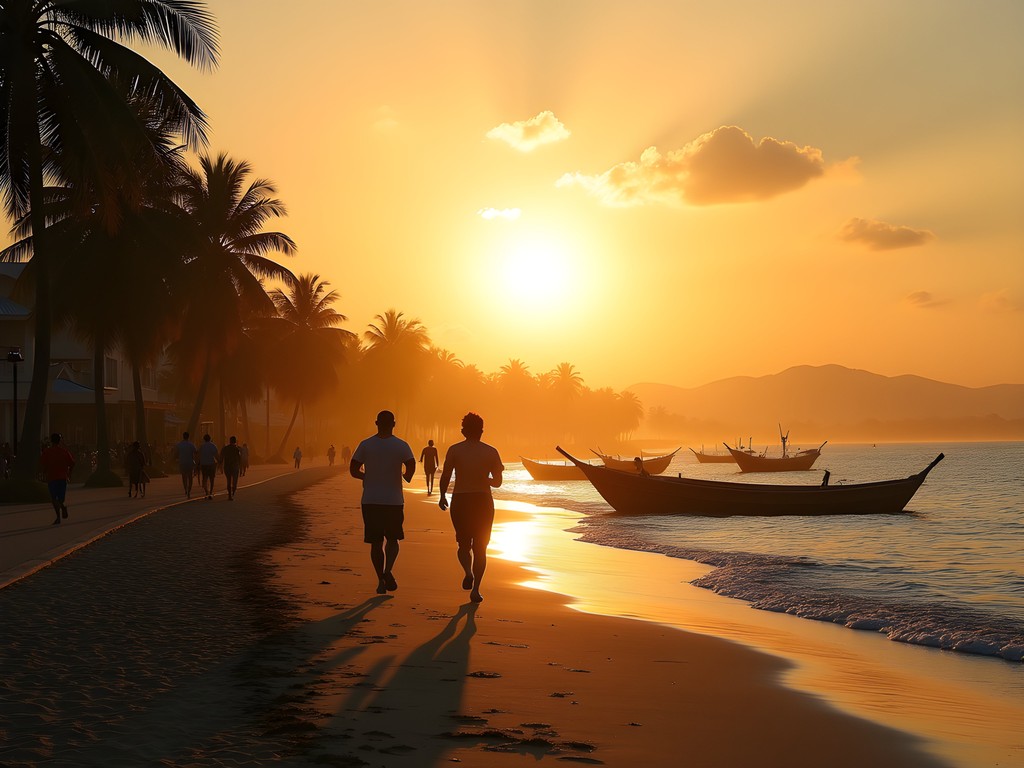
💡 Pro Tips
- Learn basic Spanish phrases—while French and Portuguese may help in other parts of Central Africa, Spanish remains Equatorial Guinea's official language
- Respect photography protocols—always ask permission before photographing individuals or government buildings
- Carry small denominations of Central African CFA francs as most local vendors don't accept cards or have change for large bills
Forging Connections Through Community Markets
My academic interest in cultural exchange points led me naturally to Bata's markets, where the pulse of local life beats strongest. The central market (Mercado Central) initially overwhelmed my senses—a cacophony of vendors calling out prices, the pungent aromas of fresh fish and tropical fruits, and the vibrant colors of traditional fabrics.
Rather than approaching as a tourist, I employed what I call 'academic immersion'—visiting consistently at the same times, making small purchases, and gradually building rapport with vendors. By my fourth visit, Mama Elena, a fabric seller, began explaining the significance of different patterns in Fang ceremonial clothing, knowledge I'd never find in academic papers.
For these market excursions, my anti-theft crossbody bag proved perfect—secure enough to ease concerns in crowded spaces yet unobtrusive enough to avoid creating unnecessary barriers between myself and the community. I also recommend carrying a compact fan for those moments when the tropical heat intensifies in enclosed market spaces.
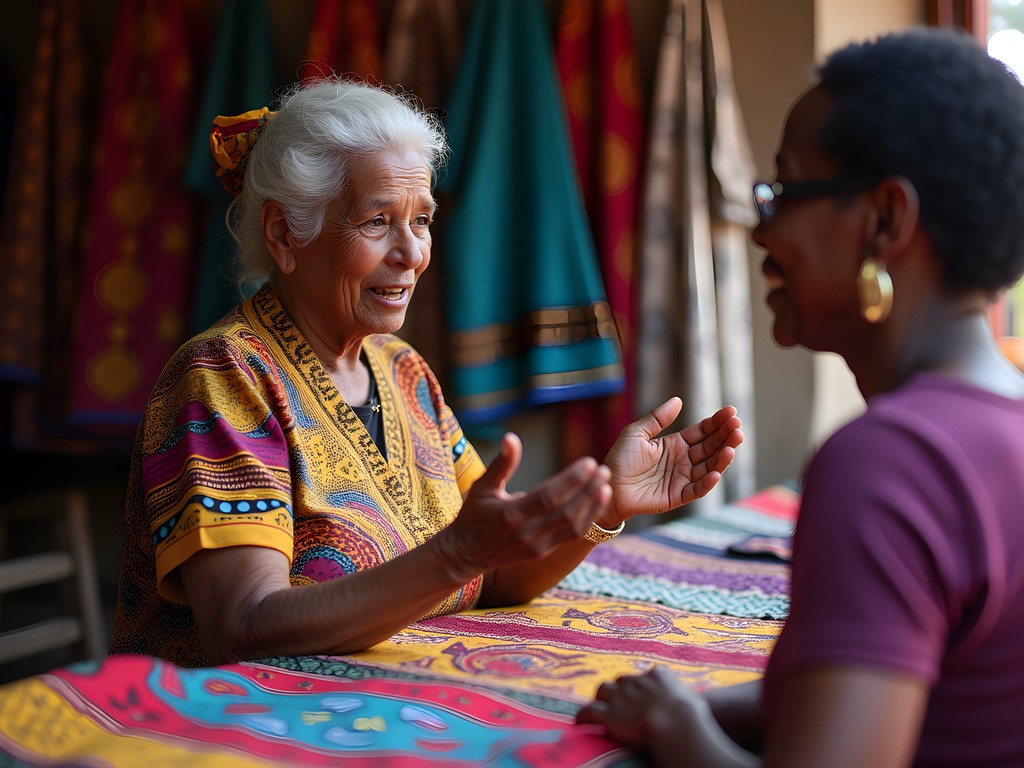
💡 Pro Tips
- Visit markets early (6-8am) to observe local purchasing practices before tourist hours
- Learn numbers and basic bargaining phrases in Spanish and Fang if possible
- Bring your own reusable bags for purchases to demonstrate environmental consciousness
Engaging with Fang Cultural Traditions
The indigenous Fang culture forms the bedrock of Equatorial Guinea's cultural identity, despite centuries of colonial influence. Through connections established at the University of Equatorial Guinea's Bata campus, I arranged to witness an abira ceremony in a village 30 kilometers outside the city—a traditional healing ritual rarely observed by outsiders.
Preparing for this experience required cultural sensitivity beyond typical tourist etiquette. I consulted with my academic contacts to understand appropriate dress (covering shoulders and knees), behavioral expectations (never crossing between the ritual leader and the ceremonial fire), and bringing appropriate gifts (kola nuts and palm wine, not money).
The ceremony itself—with hypnotic drumming that continued through the night and intricate dance movements believed to channel ancestral spirits—provided insights into indigenous knowledge systems that continue to thrive despite modernization pressures. My solar lantern proved invaluable during the overnight ceremony, providing gentle illumination without the harsh glare of conventional flashlights that might have disrupted the atmosphere.
For documenting such experiences respectfully, I recommend using a pocket audio recorder rather than constantly taking photographs, allowing for more present participation while still preserving memories and research material.
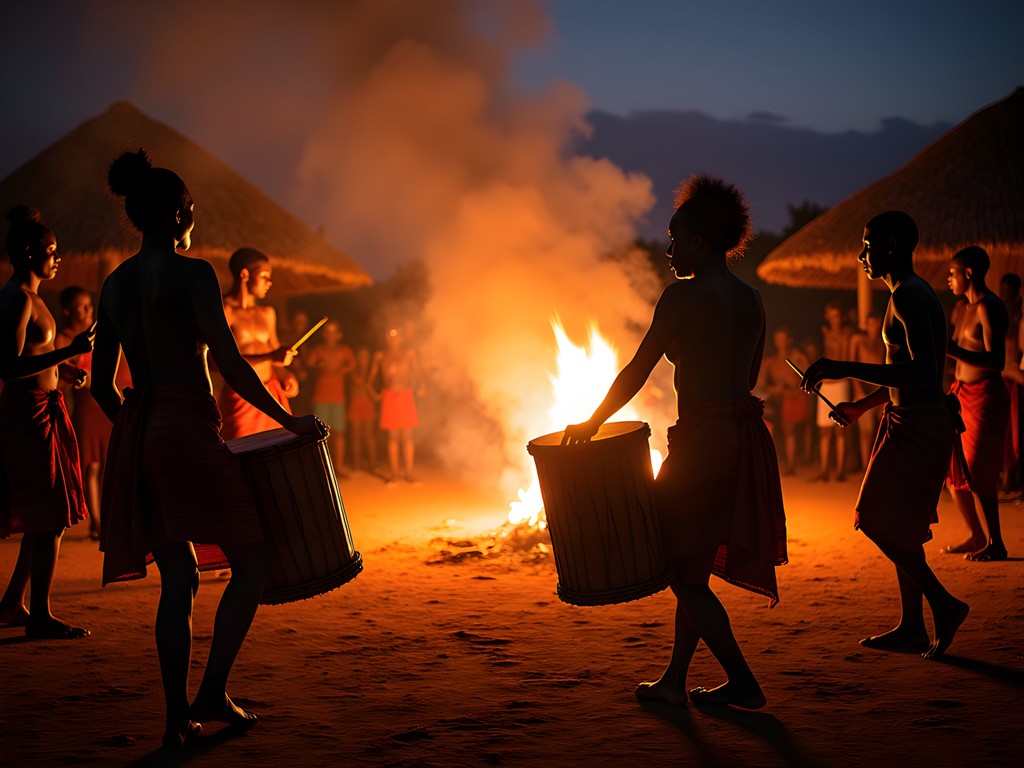
💡 Pro Tips
- Always request permission through proper channels before attending traditional ceremonies
- Bring appropriate offerings as determined by local customs, not what you assume would be valuable
- Respect prohibitions on photography or recording during sacred moments—some memories are meant to be experienced, not captured
Tracing Colonial Histories Through Architecture
As an academic with a background in architectural history, Bata's colonial buildings provided a tangible timeline of Spanish influence. The Cathedral of Bata stands as the most prominent example, its neo-gothic façade incongruous against the tropical landscape yet telling a complex story of religious conversion and cultural imposition.
I spent several mornings sketching architectural details and interviewing elderly residents about their memories of these spaces. One particularly moving conversation occurred with Francisco, an 86-year-old former government clerk, who recalled how certain buildings transformed their functions after independence in 1968.
For this architectural exploration, I relied heavily on my waterproof notebook to document observations despite frequent tropical downpours. The humidity also wreaked havoc on my electronic devices until I began using a silica gel dehumidifier in my camera bag and laptop case.
While government buildings require permits for interior access (arranged weeks in advance through university connections), many colonial structures now serve as public institutions with more straightforward visiting protocols. The juxtaposition of Spanish architectural elements with local adaptations—like the ingenious passive cooling modifications visible in many colonial-era buildings—reveals a physical manifestation of cultural negotiation that continues to this day.
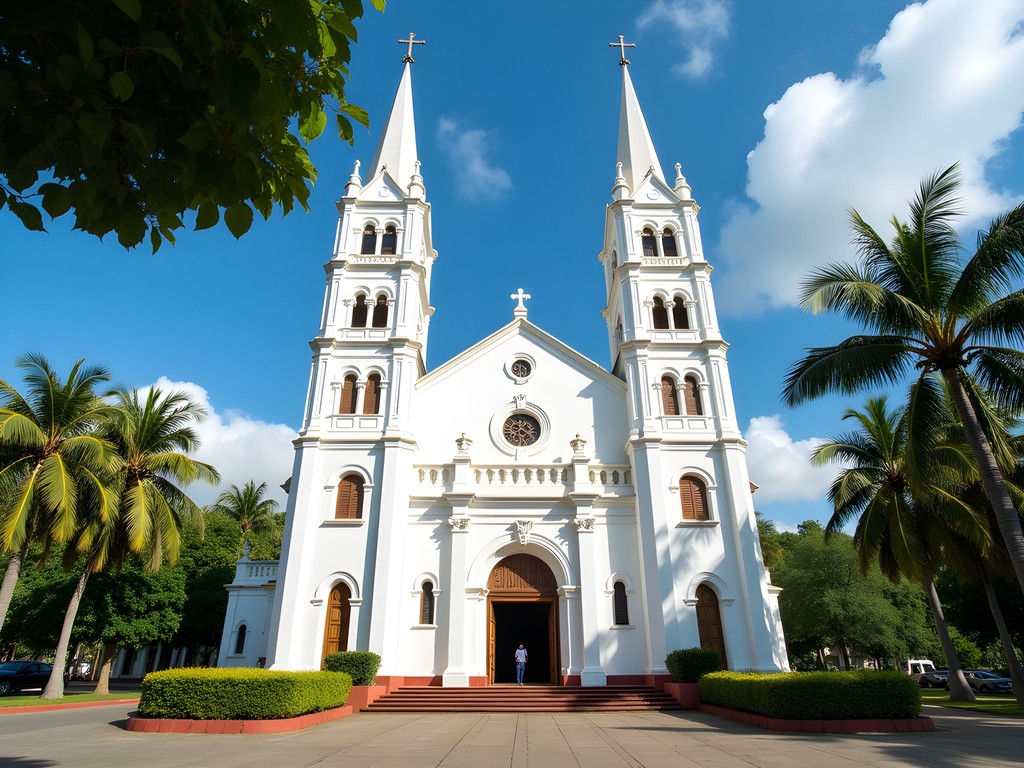
💡 Pro Tips
- Research building histories before visiting to understand their changing functions through colonial and post-independence periods
- Carry official documentation of academic or journalistic purpose when photographing government buildings
- Visit architectural sites with a local guide who can provide context beyond the physical structures
Sustainable Cultural Exchange: Beyond Tourism
My approach to travel has always existed at the intersection of academic research and cultural immersion. In Bata, this meant establishing reciprocal relationships rather than extractive ones. I arranged to give a guest lecture at the University of Equatorial Guinea on comparative colonial architectural influences across Asia and Africa, sharing my expertise while gaining invaluable local insights.
This exchange opened doors to community connections that would have remained closed to conventional tourists. Through university colleagues, I was invited to participate in a community mangrove restoration project along Bata's coastline—an opportunity to engage with environmental sustainability efforts while learning about traditional ecological knowledge.
For the mangrove planting, my quick-dry water shoes protected against sharp oyster shells while allowing necessary mobility in muddy conditions. Meanwhile, my waterproof dry bag kept research materials and electronics safe during unexpected tidal shifts.
The most meaningful cultural immersion often occurs through such participation in community priorities rather than pursuing tourist agendas. By the end of my two weeks, I had formed connections based on shared intellectual curiosity and mutual respect—the foundation for ongoing research collaboration rather than merely collecting experiences.
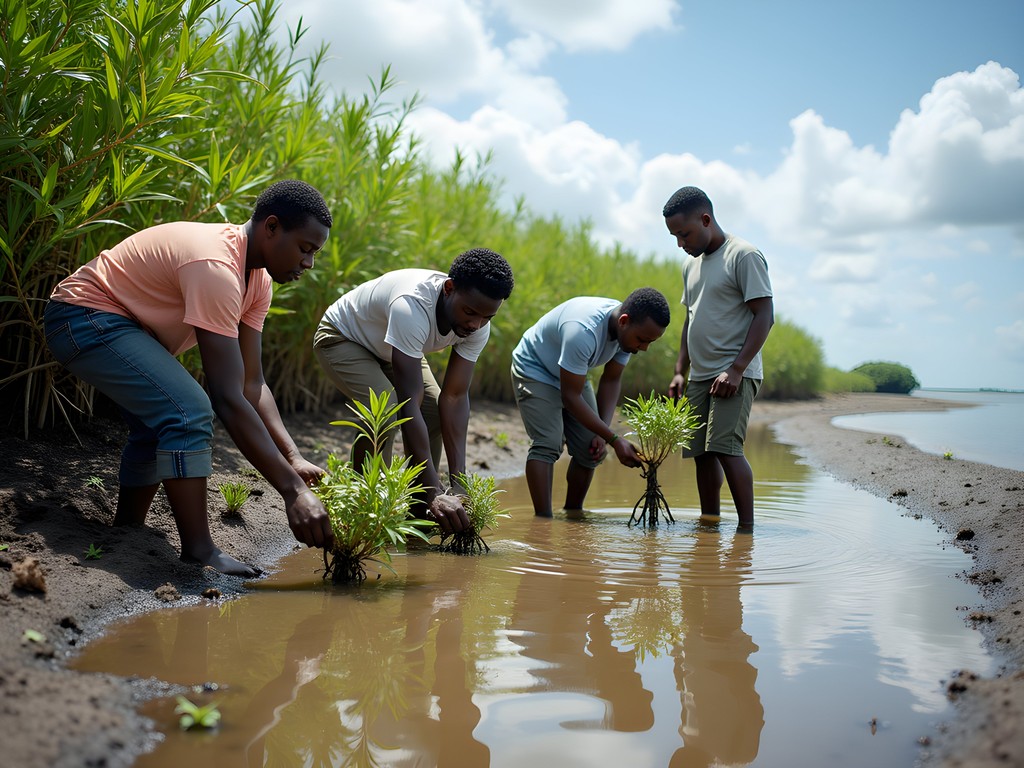
💡 Pro Tips
- Research local environmental or community initiatives before arrival and inquire about appropriate participation
- Offer your own skills or knowledge as exchange rather than monetary contributions
- Follow up with contacts after leaving—sustainable cultural exchange extends beyond physical presence
Final Thoughts
As my flight departed Bata's modest airport, I reflected on how this often-overlooked corner of Africa had challenged my own academic frameworks while enriching my understanding of cultural resilience. Equatorial Guinea defies easy categorization—its complex history of Spanish colonization creates a linguistic and architectural landscape distinct from its Francophone and Anglophone neighbors, while indigenous traditions maintain remarkable vitality despite historical pressures.
For the culturally curious traveler willing to engage beyond surface experiences, Bata offers profound lessons in how communities navigate the intersection of tradition and modernity on their own terms. The relationships I formed—with university colleagues, market vendors, and community members—transformed what could have been merely an interesting research trip into something far more meaningful: a genuine cultural exchange that will inform both my academic work and personal worldview for years to come.
As with all meaningful travel, the true value lies not in what we take away (photographs, souvenirs, or even research data) but in the mutual understanding created through respectful engagement. If you approach Bata with cultural humility, linguistic preparation, and genuine curiosity, you'll discover not just a destination absent from conventional tourist itineraries, but a new lens through which to view cultural resilience in our interconnected world.
✨ Key Takeaways
- Equatorial Guinea's unique Spanish colonial heritage creates a distinctive cultural landscape unlike neighboring Francophone countries
- Building relationships through consistent presence and cultural respect opens doors to authentic experiences beyond tourist access
- Academic knowledge provides valuable context, but must be balanced with openness to local perspectives and lived experiences
- Reciprocal exchange rather than extractive tourism creates more meaningful and ethical cultural encounters
- Environmental initiatives offer excellent opportunities for deeper community engagement beyond conventional cultural tourism
📋 Practical Information
Best Time to Visit
November-February (dry season) or May-September (less rainfall than peak wet season)
Budget Estimate
$100-150/day including mid-range accommodation, local transportation, and meals
Recommended Duration
Minimum 10 days, ideally 2 weeks for meaningful community connections
Difficulty Level
Challenging
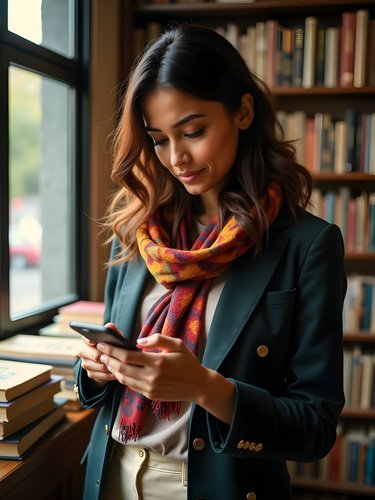
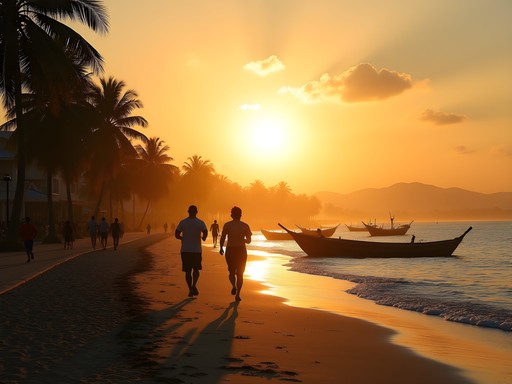
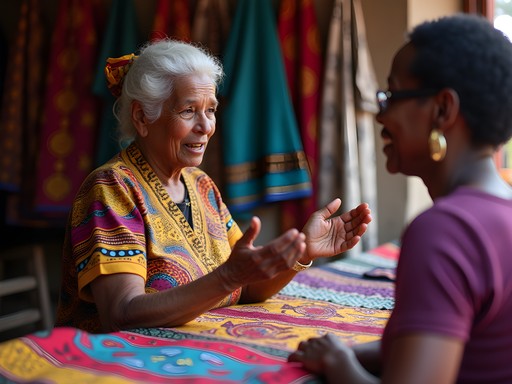
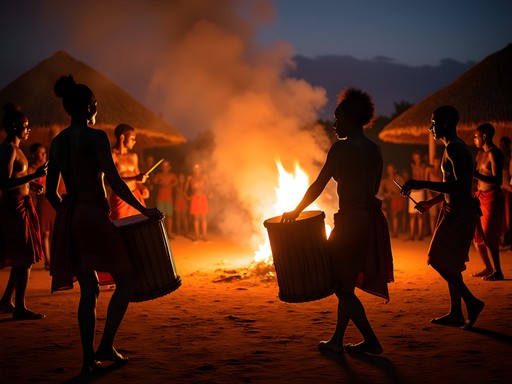












Comments
travellegend
Fascinating post! How did you get around in Bata? Public transport or private drivers? Planning a West Africa trip next year and curious about logistics.
Ariana Ahmad
I used a mix! For city exploration, shared taxis were efficient and cheap (just tell the driver where you're going and they'll let you know if they're headed that way). For visits to communities outside Bata, I arranged a driver through my hotel. Public transport exists but can be unpredictable - having someone who knows the area helps immensely.
blueguy
How did you handle safety concerns while there? I've heard mixed things about traveling in Equatorial Guinea as a foreigner. Any tips?
Ariana Ahmad
Great question! I found Bata generally safe but took standard precautions - not flashing valuables, being aware of surroundings, and respecting local customs. Having local contacts made a huge difference. The trickiest part was navigating government sensitivities - always get proper permits for photography and research. I carried my travel security pouch for documents and stayed in well-reviewed accommodations.
Amit Sullivan
Ariana, your post brought back memories of my brief visit to Bata in 2019. The humidity you mentioned is no joke! I remember walking through those same streets, marveling at the linguistic tapestry - Spanish, French, Fang, and Bubi languages all swirling around me. I particularly connected with your observations about the colonial architecture. Those buildings tell such complex stories of the nation's history. Did you happen to visit any of the villages outside Bata? I found the rural-urban contrast fascinating and wished I'd allocated more time for the countryside experiences.
escapequeen
OMG I never even considered Equatorial Guinea as a destination! Your photos are STUNNING! Adding this to my bucket list right now!
journeydiver
This is such a refreshing read about a place that rarely gets coverage! I visited Bata briefly last year while working on a development project and was struck by the contrast between Spanish colonial architecture and local traditions. Did you find it difficult to connect with local communities as an outsider? I found people a bit reserved at first but incredibly welcoming once introductions were made through mutual contacts.
Ariana Ahmad
Thanks for your comment! Yes, having proper introductions made all the difference. My research contacts at the university helped bridge those initial connections. Did you get a chance to visit any of the community markets? Those were my best entry points for authentic conversations.
journeydiver
I did visit the central market! Agreed - the vendors were so patient with my terrible Spanish. The fruit sellers especially loved teaching me the local names for things I'd never seen before.
roamking
How did you get around in Bata? Public transportation or private driver? Planning a trip for early next year!
Ariana Ahmad
I used a mix! Within the city, shared taxis are plentiful and cheap (just flag them down). For trips to surrounding villages, I hired a local driver through my guesthouse. Public transportation exists but schedules are... flexible, let's say. Feel free to DM me if you need specific recommendations!
cityqueen
We did the shared taxis too! Such a great way to meet locals. Just be prepared for them to pack in more people than you think possible, haha. And definitely negotiate the price BEFORE getting in.
starlife
Love how you connected with locals! Those market scenes look incredible. Adding to my bucket list!
mountainking
If you go, don't miss the seafood stalls near the port! Some of the freshest fish I've ever had.
starlife
Thanks for the tip! I'm a huge seafood fan so that sounds perfect.
greendiver
Never considered Equatorial Guinea before. Great photos! The architecture looks amazing.
starseeker
Wow, Equatorial Guinea seems so off the beaten path! How did you get around in Bata? Was public transportation reliable or did you need to hire a driver? Your section on the markets has me intrigued!
Ariana Ahmad
I used a mix of both! For daily market visits, I used shared taxis (just flag them down). They're affordable but can get crowded. For visiting communities outside the city, I hired a local driver through my guesthouse - definitely worth it for the cultural insights and navigation help.
starseeker
That's super helpful, thanks! Adding this to my potential destinations for next year!
sunnylife
Those market photos are incredible! The colors! 😍
Venture X
Premium card with 2X miles, $300 travel credit, Priority Pass